When Hurricane Helene ravaged Asheville, North Carolina, in 2024, floodwaters turned streets into rivers, cut power, and isolated communities. Amid the chaos, the Asheville Police Department’s deployment of 13 DJI Docks became a lifeline, revolutionizing emergency response with real-time aerial intelligence.

Aerial Eyes in Unreachable Places
Helene’s floods made traditional response methods nearly impossible. Ground vehicles couldn’t reach swamped neighborhoods, and communication networks collapsed. The department’s DJI Docks—a mix of DJI Dock, Dock 2, and Dock 3—changed the game. These compact, automated “drone-in-a-box” systems launched drones in minutes, delivering live footage of flooded areas. “Drones gave us eyes where we couldn’t go,” said Captain Brandan Moore. Responders used the visuals to guide rescue teams, saving critical time. The drones also deterred looters, with aerial guidance helping officers navigate treacherous terrain to protect property.

Mapping Damage, Restoring Hope
Beyond immediate rescues, the DJI Docks mapped over 2,000 acres of flood-ravaged land, pinpointing damage to Asheville’s waterways—a vital water source. Drones flew 3,280 feet above ground, capturing high-resolution imagery that ground teams couldn’t access. This data helped agencies prioritize repairs and allocate resources. Chief Mike Lamb noted, “The drones didn’t just show us the damage—they showed us where to start rebuilding.” By delivering actionable intelligence to state and local officials, the network accelerated recovery efforts.

A Collaborative Blueprint for Resilience
The success wasn’t just technological—it was collaborative. Private property owners allowed docks on commercial rooftops, expanding citywide coverage. Ovrwatch, an industry partner, managed flight operations, while agencies coordinated to share drone data. “This was a team effort,” said Rhys Andersen, CEO of Ovrwatch. “From rooftops to response centers, everyone played a role.” The network, built for Helene, now supports daily public safety and future Drone as First Responder (DFR) programs, making Asheville a model for drone integration.
DroneXL’s Take
Asheville’s story isn’t just about drones—it’s about hope in crisis. The DJI Docks didn’t replace boots on the ground; they empowered them, proving that tech and teamwork can outsmart even the worst storms. For drone professionals and enthusiasts, this is a wake-up call: drones aren’t gadgets anymore—they’re essential tools for saving lives. But their power hinges on planning and TRUST between communities, agencies, and innovators. Asheville’s blueprint should inspire every city to rethink emergency response—because when disaster strikes, seconds saved are lives spared.
You can read more stories about Drones for Good on DroneXL.
Photos courtesy of DJI
Discover more from DroneXL.co
Subscribe to get the latest posts sent to your email.
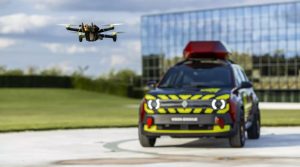

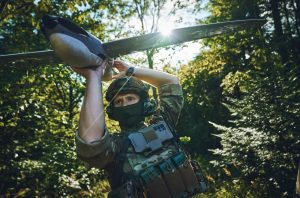


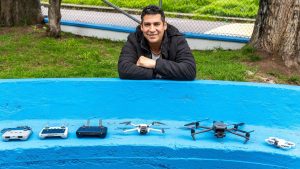

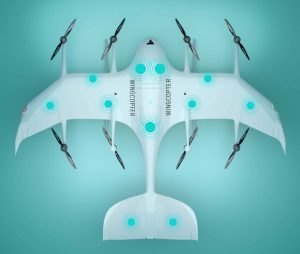
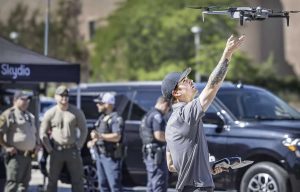
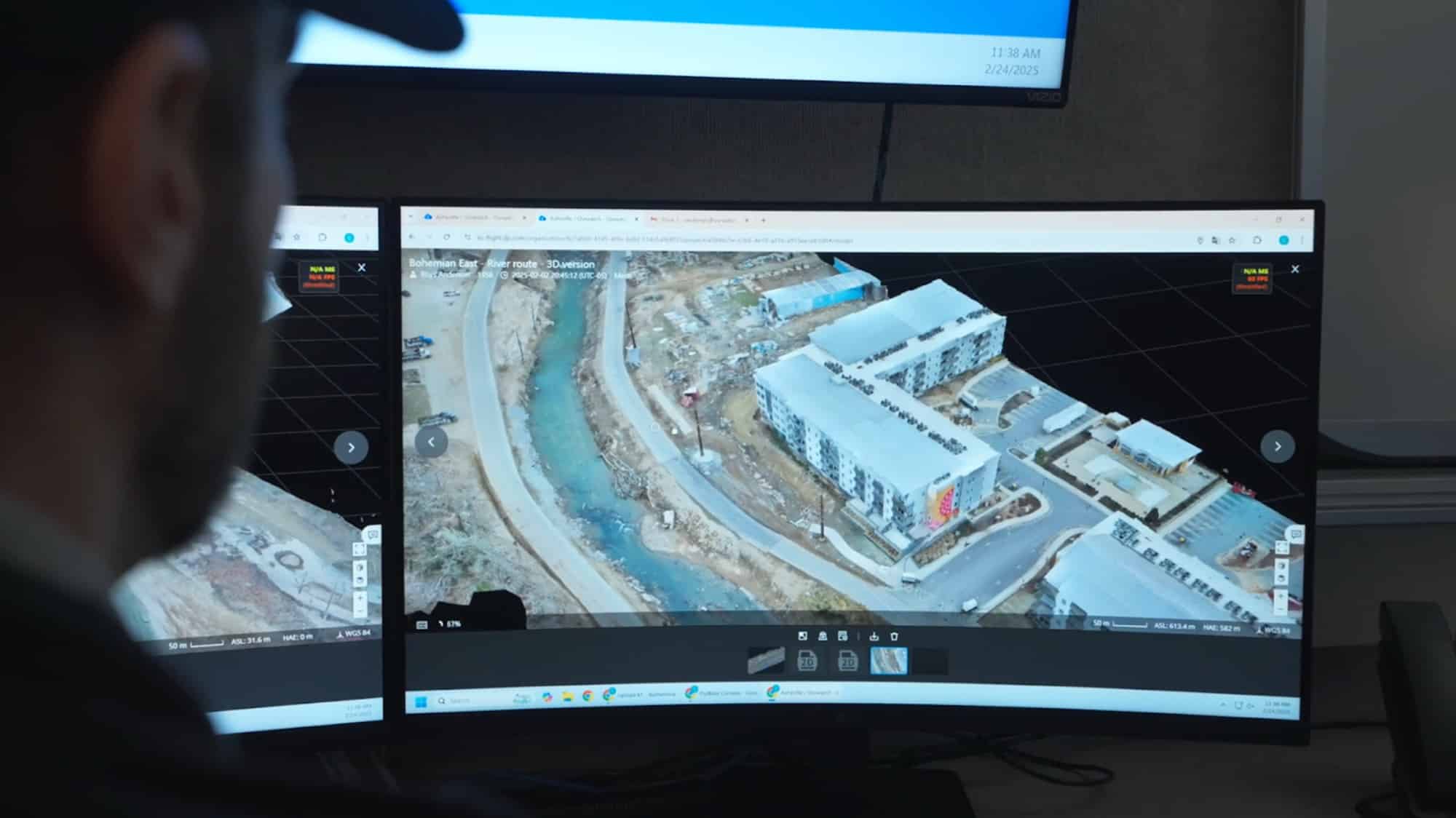

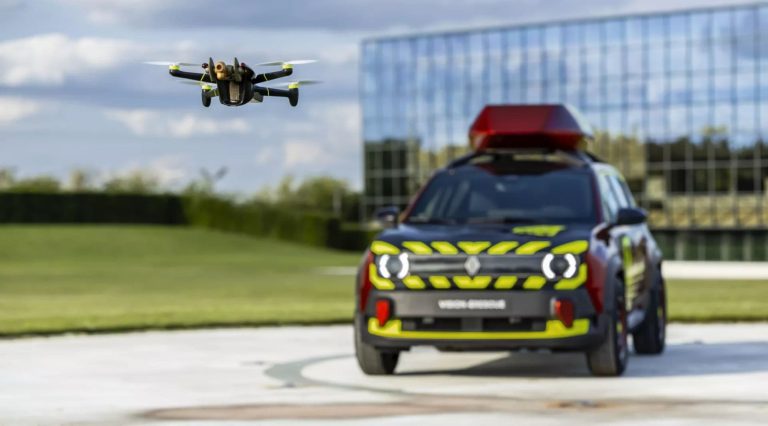



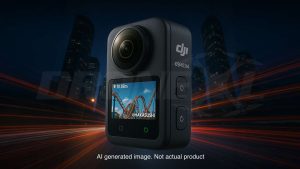
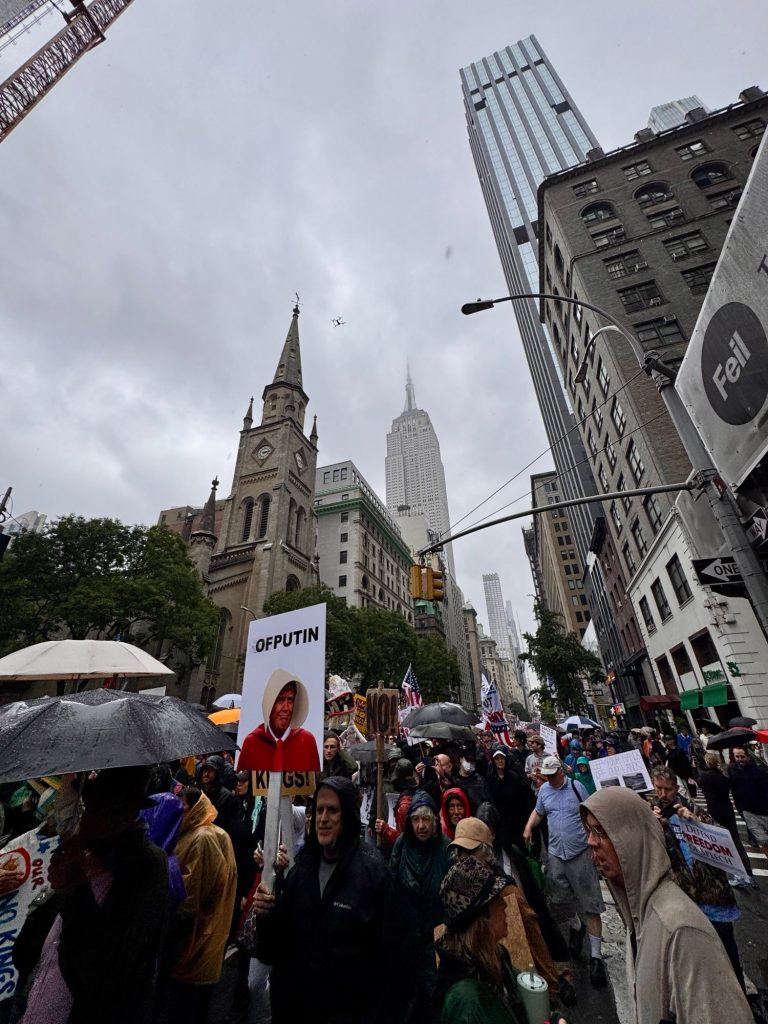
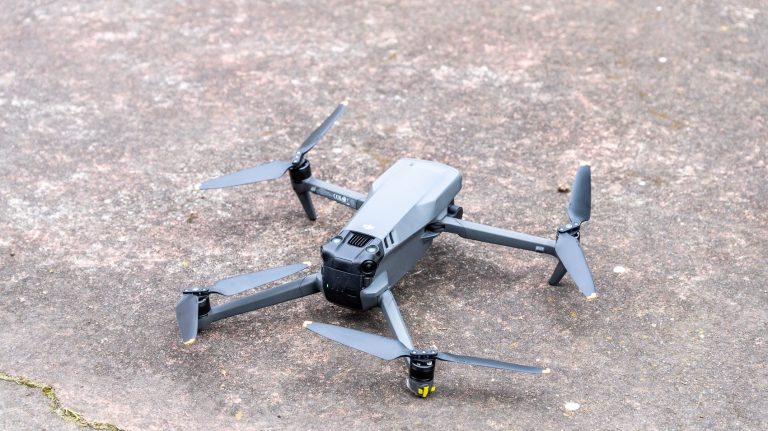


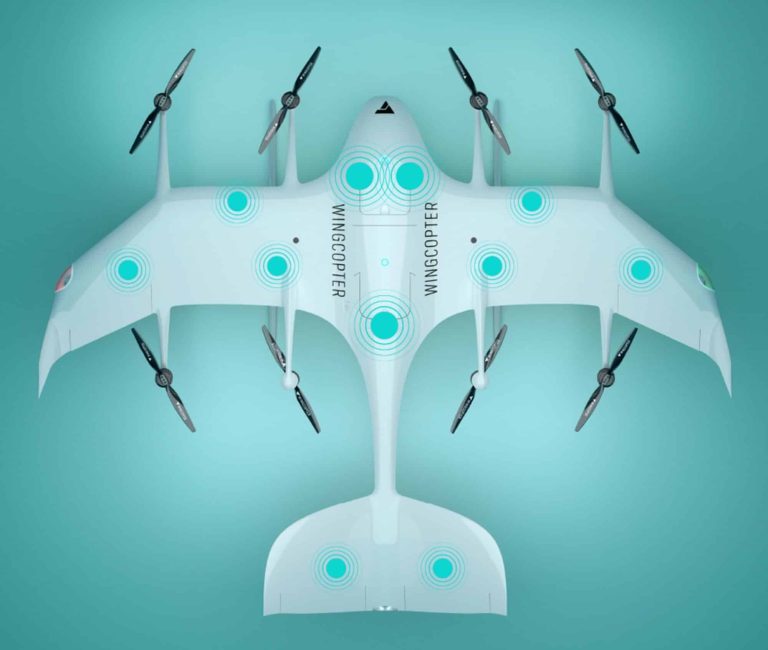
+ There are no comments
Add yours